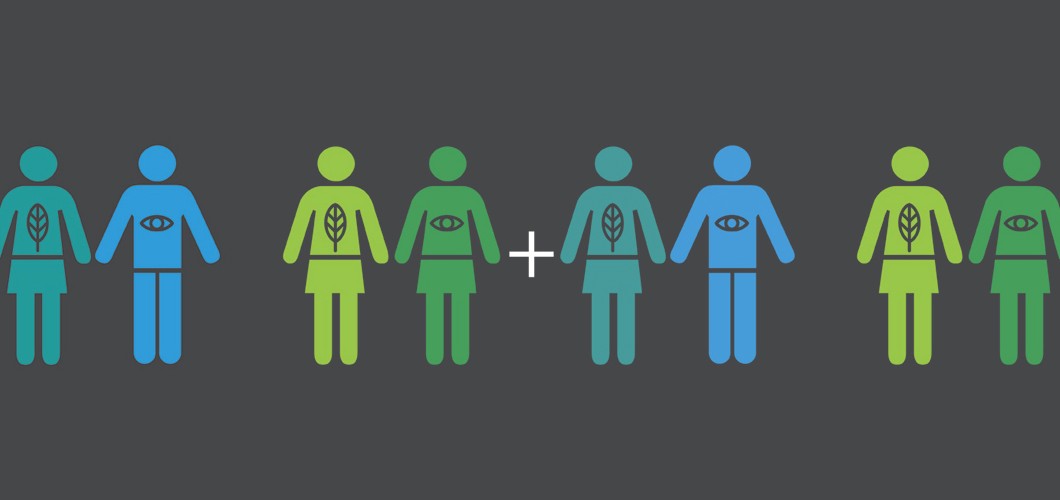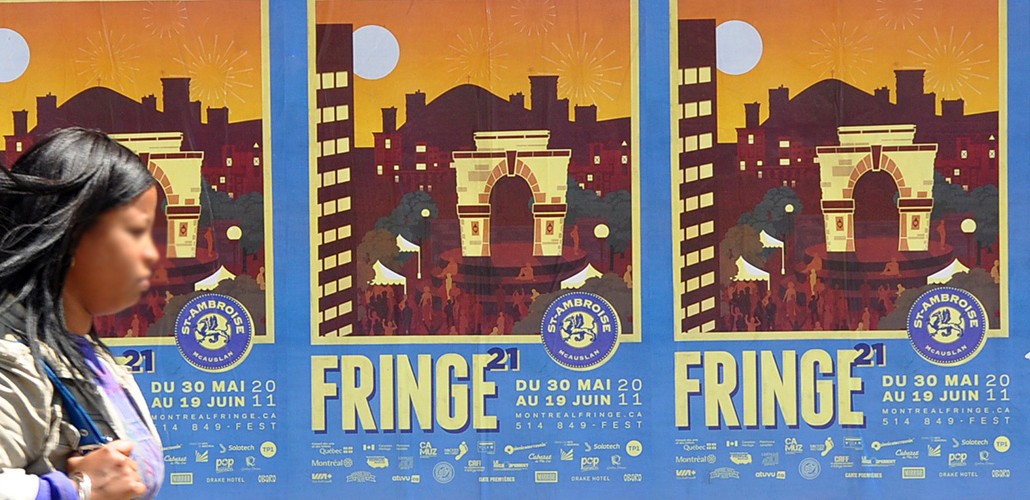Have you ever heard of PACT? My first encounter with the organization came when Marie Reumont, the project’s founder, asked TP1 to develop a new website – which is online here. PACT is an important initiative to help communication professionals be more aware of eco-friendly work practices. This applies to print, of course, but it’s increasingly applicable to web as well (think, green hosting). As of today, TP1 is a member of PACT and last Friday, Marie met with four designers and our sales guy (me!) to talk about making communication projects more eco-friendly. Here are the group’s impressions:
“We completed the PACT training last week. Among other things, we learned that our business cards use thick stock, made from two pieces of cardboard stuck together – not the most eco-friendly option. But the goal of this training was not to blame; rather it was about raising awareness, developing new habits and learning how to ask the right questions. Our business cards are not eco-friendly; maybe someday they will be, maybe not. What’s vital is making a collective effort, sending a clear message and making sure that it’s heard. Designers can influence a project at any number of stages, the most important of which for us is creative development.” – Patrick
“This training made me realise that there is no miracle solution to any problem. When it comes to printing and the environment, we are currently at a crucial turning point. Producing a communications document involves numerous steps, from the cutting down of a tree to the recycling of the finished product, and so graphic designers are not the only ones that influence this cycle. There are graphic design standards to help us along, but it’s important to recognize which are true and which are false. We still have a lot to learn and understand, but the solutions – and desire to implement there – are definitely there.” – Bruno
“As a graphic designer, I must consider a product’s life cycle and environmental footprint, and I must also start applying the basic concepts of sustainability to my print projects. What I appreciated most about this training was the opportunity to explore a topic that affects our trade and our daily life. During the training, we learned about the issues and stakes when engaging in eco-friendly communications practices. I would have liked to learn more about specific, practical solutions that can be applied during the development and creative stages, and not just during the manufacturing of the final product. I’m very much looking forward to applying these practices in the creative development of new projects.” – Pascale
“We still have a lot of work to do before eco-friendly design can be made more accessible to designers. In the meantime, we can already start to better evaluate the life cycle of our printed projects and try to improve each step, all the while rising to the challenge of how to recycle the printed projects we put out on the market. Even if this will require more time, we have to remember that using fewer raw materials, creating with recycled materials and committing to recyclable materials are all excellent ways to become more eco-friendly. As designers, we have the opportunities – and the responsibility – to do our part to change the world.” – Élisa-Maude


